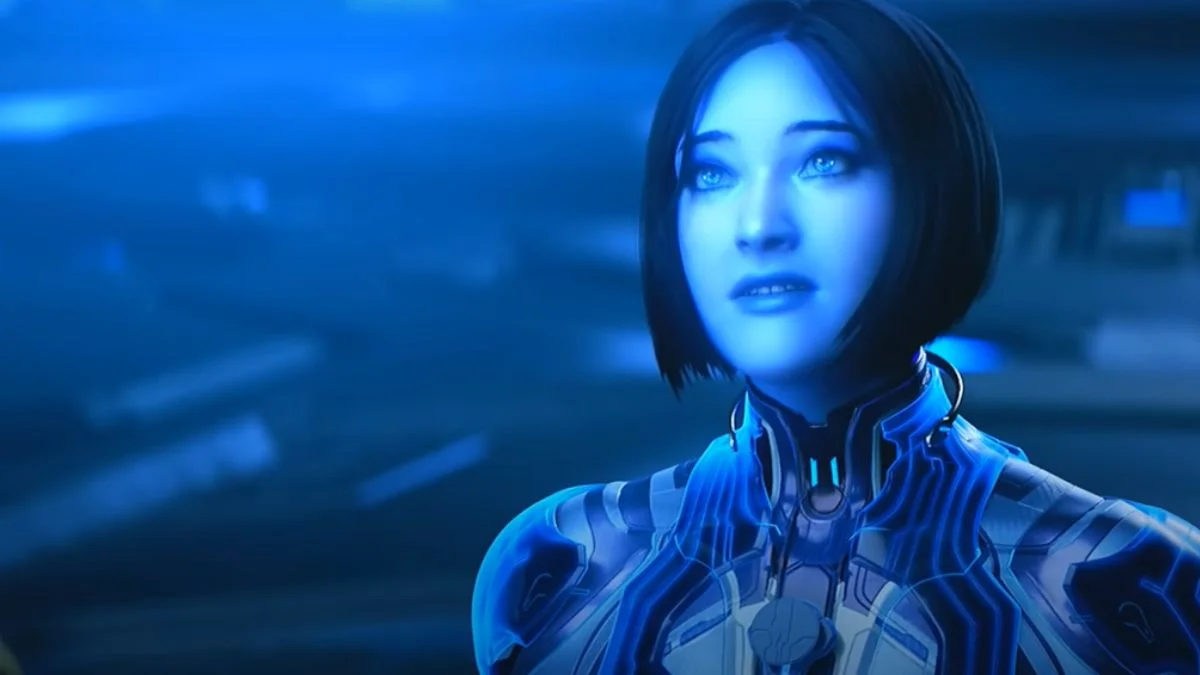TL;DR: Stunning visuals, classic gameplay preserved. Faithful to a fault. Still one of the greatest stealth games ever made, but don’t expect reinvention—this is Snake Eater exactly as you remember it, for better and worse.
Metal Gear Solid Delta: Snake Eater
There’s a moment in Metal Gear Solid Delta: Snake Eater where Snake is climbing that endlessly memed ladder—the one that turns into an acapella rendition of the theme song. Back in 2004, it was surreal, almost avant-garde for a video game. In 2025, watching it unfold again in Unreal Engine 5, hyper-detailed flowers blooming below and Snake’s bandana catching the light like a movie prop, I felt a wave of something I wasn’t expecting: nostalgia weaponized by fidelity. This remake isn’t bold. It isn’t trying to reinterpret Hideo Kojima’s Cold War spy epic for a new audience the way Capcom retooled Resident Evil 4. Instead, Konami took the approach of a museum curator—dusting off the original, restoring the paint, and letting us marvel at the brushstrokes that were already there.
Which is both the remake’s greatest strength and its most glaring limitation.
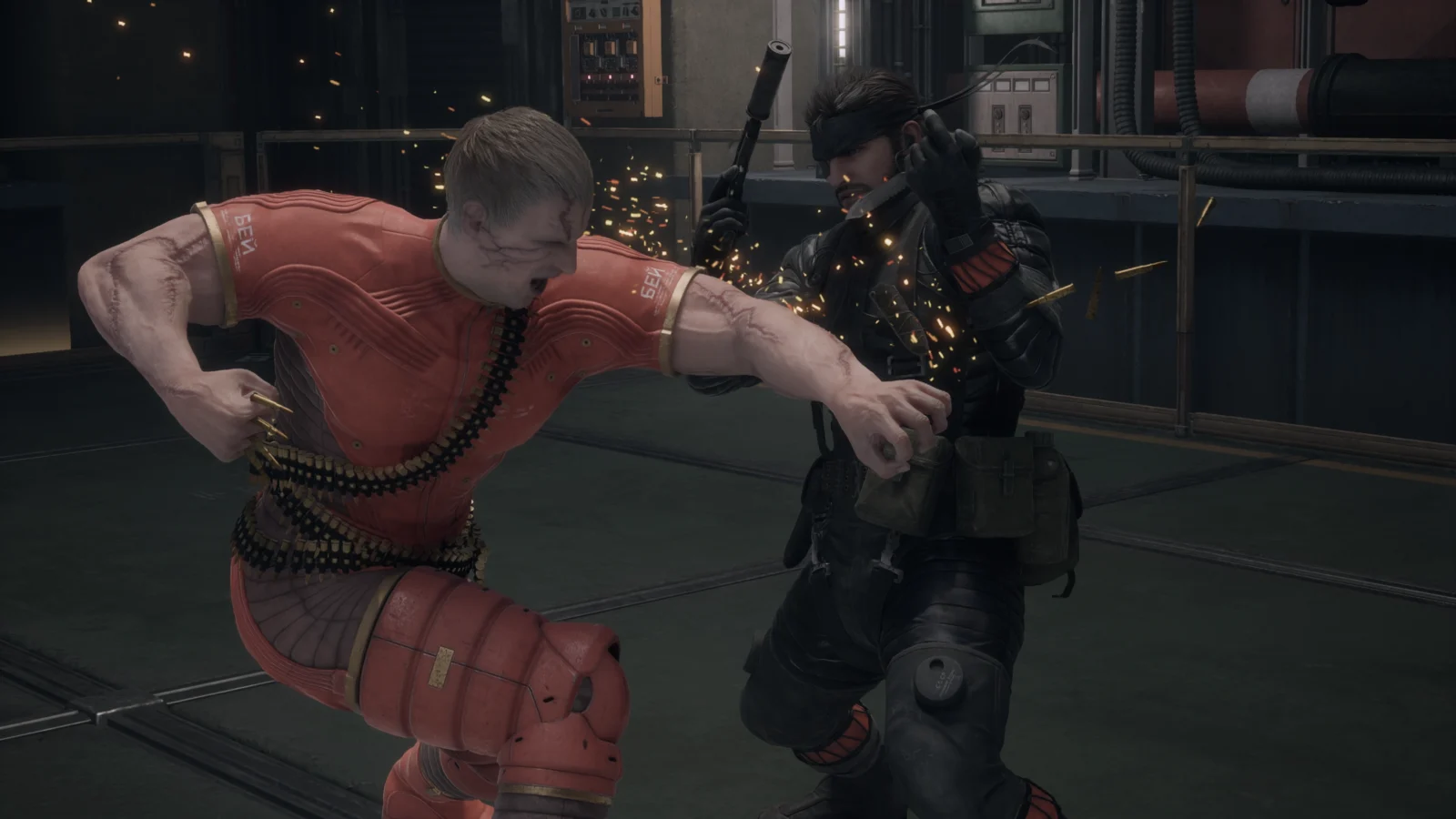
A Remake That Refuses to Remake
Konami made a choice: Delta would be Snake Eater as you remember it, not as you might imagine it could be if made from scratch in 2025. The bones are identical. The Codec conversations still unfurl like Cold War stage plays, equal parts political thriller and campy anime melodrama. David Hayter still delivers lines in that gravelly tone only he can get away with, punctuating conversations by repeating exactly what he just heard—like a confused but lovable uncle trapped in a spy novel. Guards still cough up item boxes when you hold them at gunpoint. The Cobra Unit is still a rogues’ gallery of supernatural weirdos who feel less like Soviet operatives and more like rejected X-Men concepts.
None of that has been altered. The changes are largely cosmetic. And when I say cosmetic, I mean gorgeous, painstakingly crafted, sometimes distractingly so. The jungles look dense in a way the PS2 could only suggest with flat textures. Rocks have geological personality now. Mud looks so real I could smell it. When Snake lies prone in the grass, camo meter ticking upward, I swear I could hear the insects buzzing in my headphones like an ASMR channel from hell.
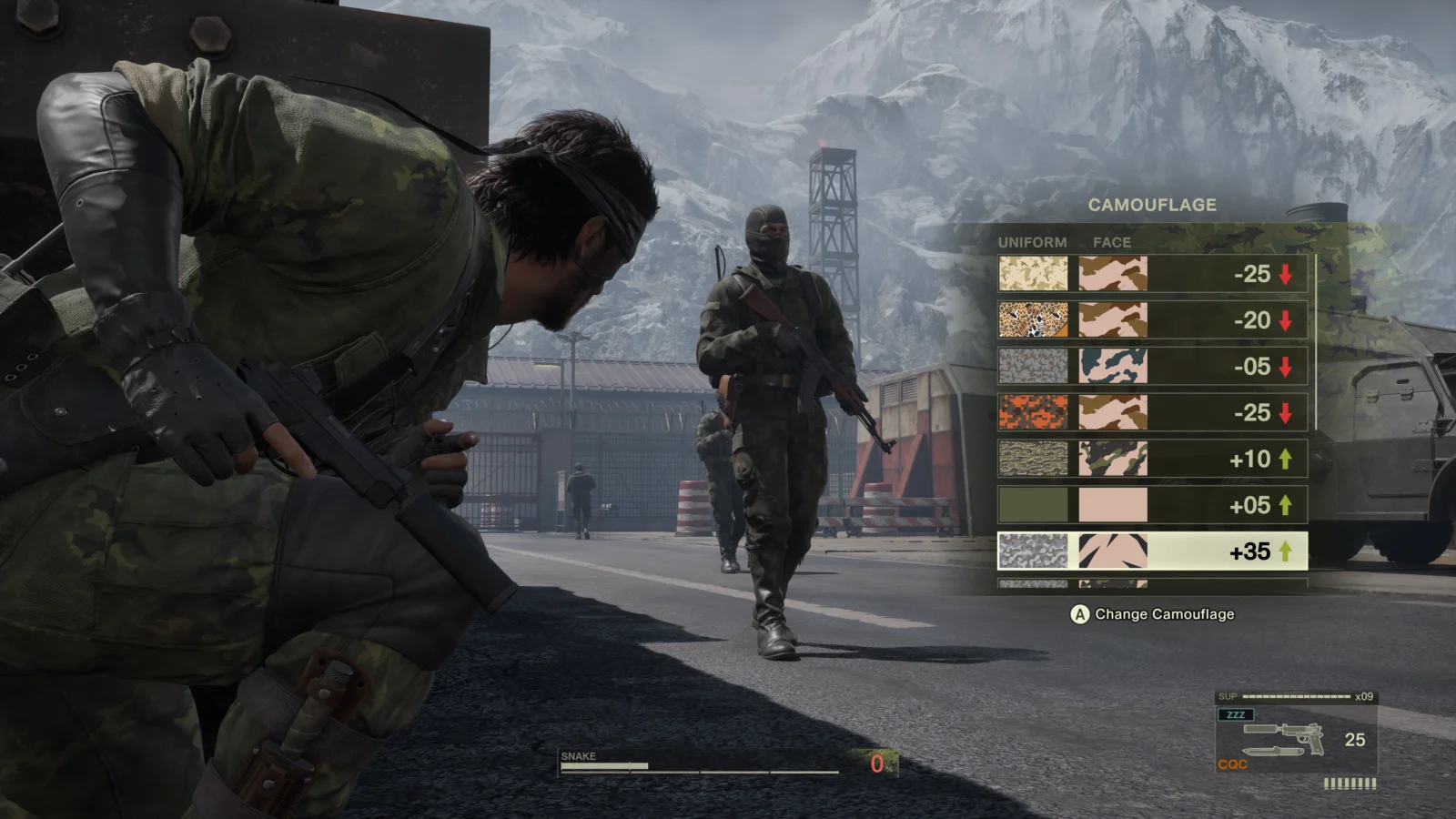
But there’s a side effect: the camp doesn’t always translate cleanly. When you crank up fidelity, you also crank up the uncanny. Ocelot’s theatrical howling—once charmingly goofy—now feels like you stumbled onto a high-resolution YouTube parody. The Cobra unit’s magic powers, bathed in photoreal lighting, risk losing their whimsy and tipping into awkward uncanny valley territory. That’s the danger of an almost one-to-one remake: you preserve the absurdities alongside the brilliance, and in ultra-high-definition, the absurdities pop even harder.
Playing Old School in a New Era
Still, I’d be lying if I said revisiting Snake Eater’s stealth wasn’t refreshing. In 2025, stealth is practically an endangered species. Splinter Cell is AWOL. Thief is a memory. Even Metal Gear itself has been silent since Kojima left Konami to go make games where you deliver Amazon packages across post-apocalyptic America. Sliding back into Snake’s bandana feels like time travel.
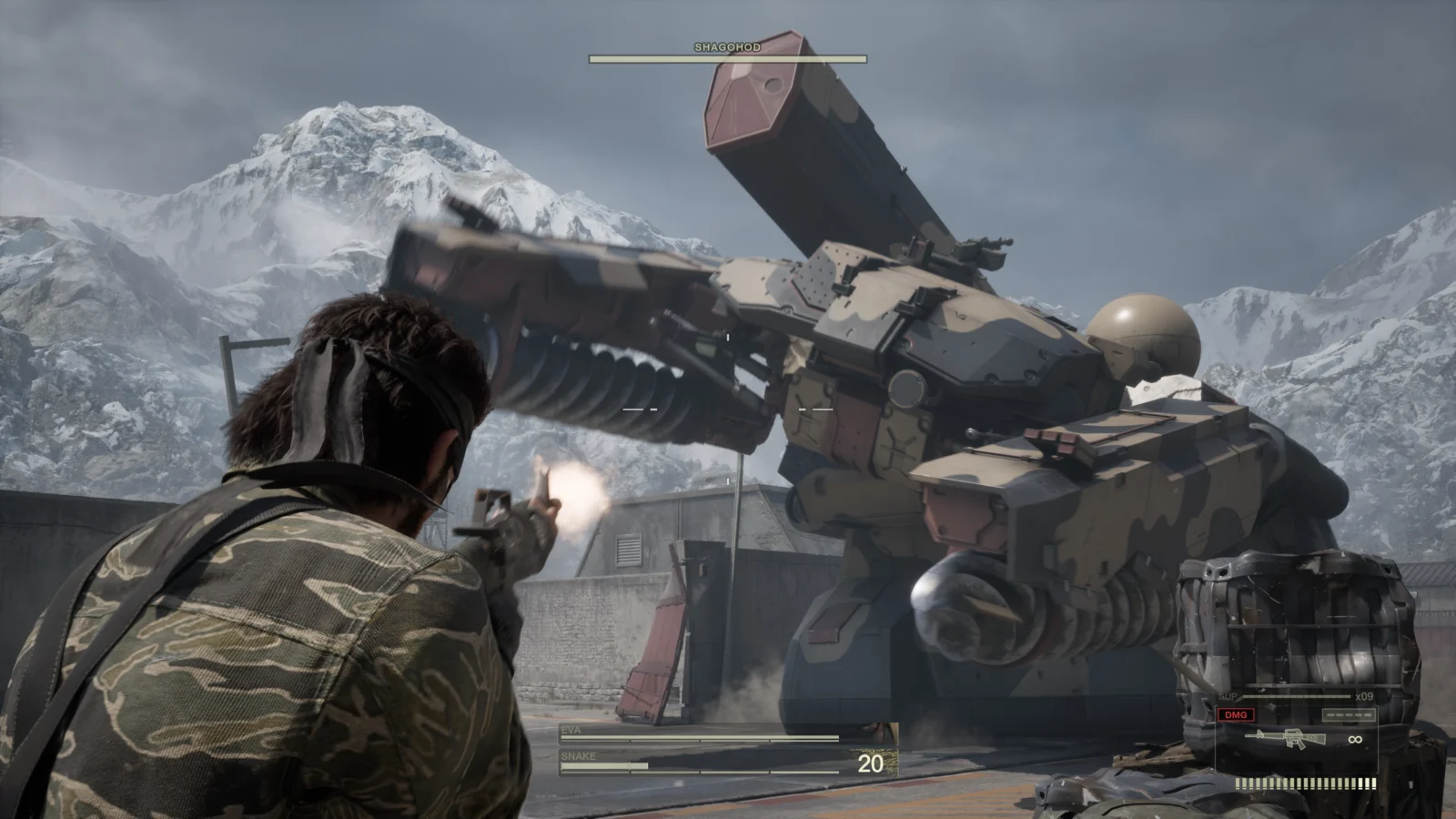
The gameplay remains deliberate and puzzle-like. Guards are moving variables. Terrain is a constraint. Your gear is limited, but the fun lies in improvisation. Hide in a cardboard box, throw a magazine, or tranq a guard at the exact moment his patrol intersects your line of sight—it’s the kind of design that feels “retro” without being archaic. I found myself grinning during alert phases, crouched in bushes as guards marched inches away, heart rate climbing as if I were sneaking past my parents’ bedroom after staying up too late with the PS2 twenty years ago.
The camouflage system, unchanged, is still a neat little wrinkle that modern games could stand to copy. Switching outfits and face paint mid-mission to tweak your camo percentage feels tactile, like actually packing a bag for survival. The hunger system and injury healing—bandaging wounds, splinting broken bones, making sure Snake doesn’t grumble his stomach too loud—remind you that survival mechanics existed here before “survival games” became their own genre. These weren’t gimmicks in 2004, and remarkably, they’re still not in 2025.
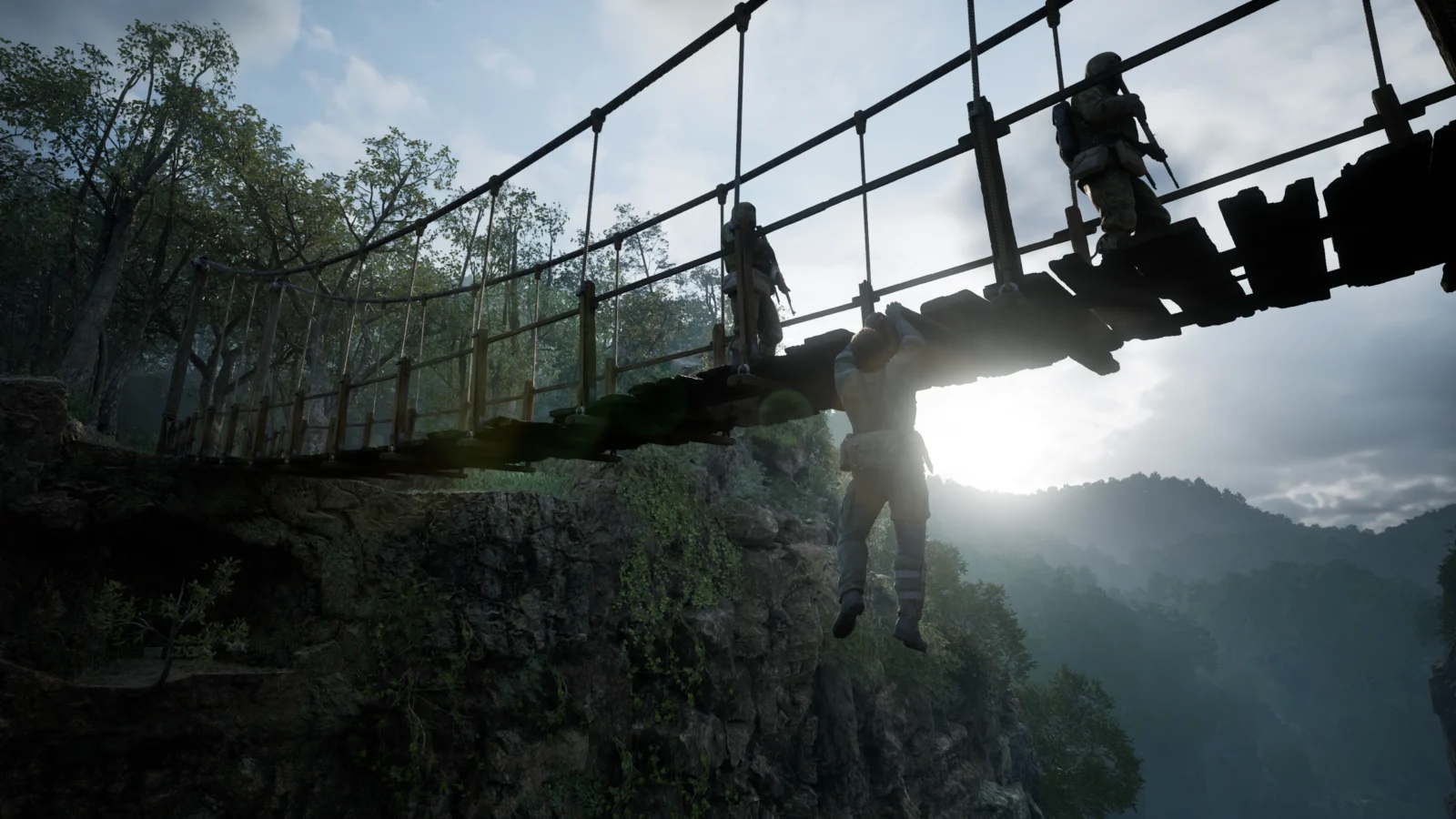
But the remake’s faithfulness also means it inherits the clunk. Snake’s movements can feel sticky. Cover mechanics sometimes fight you. CQC—despite being tweaked—can still lead to embarrassing missed grabs. And while the difficulty modes add replayability, the enemy density and scenario variety don’t feel quite as vast as they did when I was a teenager. Delta isn’t expansive by modern standards, and it doesn’t try to be.
The Story Still Devours You Whole
Where Delta shines brightest is where it never needed fixing: the story. Kojima’s Cold War conspiracy yarn is still a masterpiece of tonal balancing—equal parts serious political drama and absurd camp. The Boss remains one of gaming’s most complex characters, her ideological clash with Snake still cutting deep two decades later. Their final confrontation is a rare moment in games where melodrama becomes poetry.
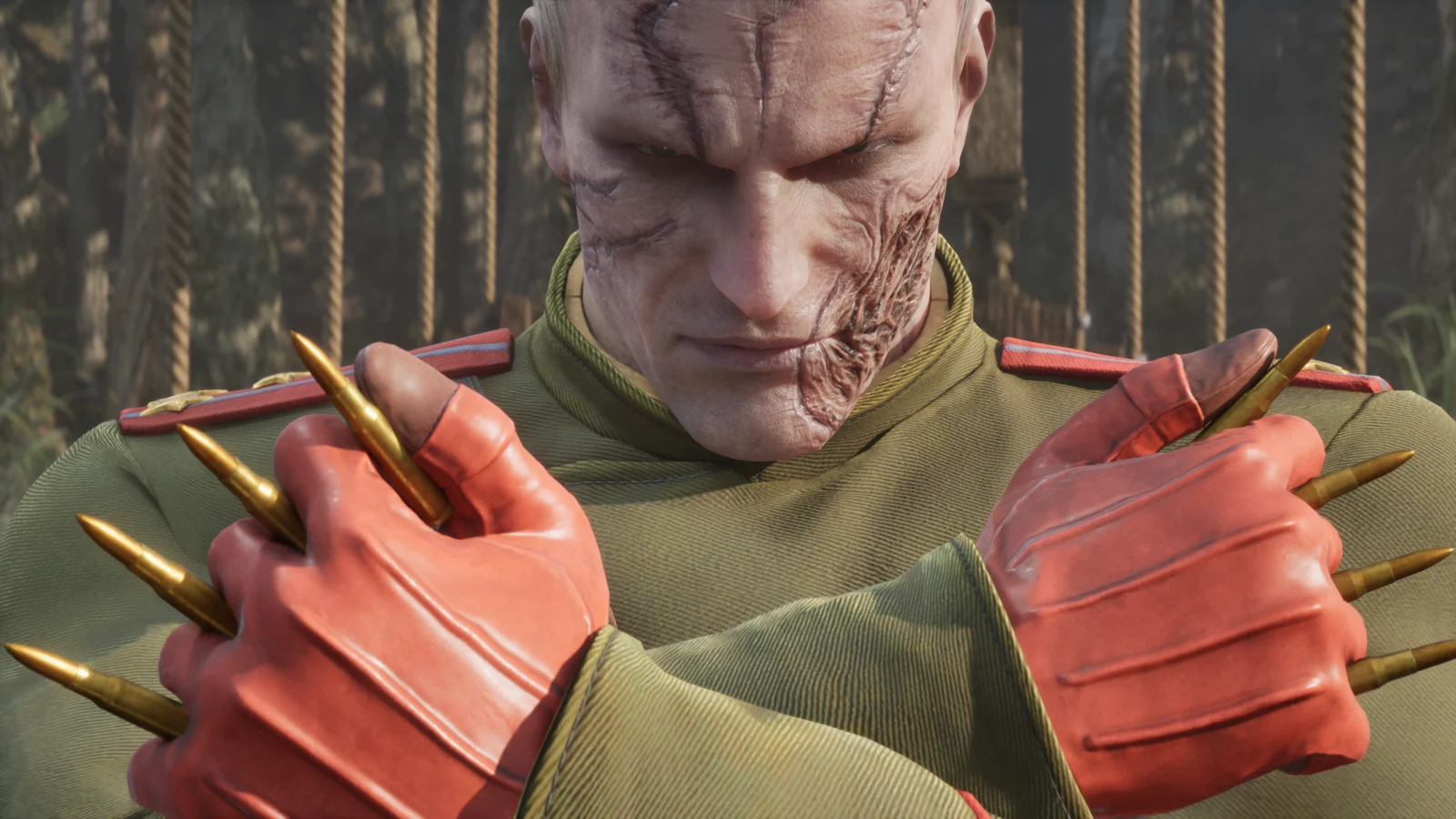
Revisiting it as an adult, I was struck by emotions that eluded me as a teen. Back then, I thought Snake was cool because of the eyepatch, the cigarettes, the gravitas. Now, I feel the tragedy of his manipulation, the way governments chew up soldiers and spit them out. Snake isn’t just an action hero here—he’s a pawn learning too late what kind of game he’s been forced to play.
Eva remains magnetic, even if the script still mistreats her in places that feel dated. Ocelot continues his arc as a rival, equal parts annoying and endearing. And The Sorrow’s boss fight? Still one of the most brilliant meta tricks the medium has ever pulled. For every clunky encounter with The Pain or The Fear, there’s a set piece that reminds you Kojima was always operating on a level few others dared to attempt.
Did We Need This?
That’s the question I kept circling back to. Did we need Delta? If the goal was to make Snake Eater more accessible to a new generation, then sure. This is absolutely the version I’d recommend to someone who’s never touched Metal Gear. But if the goal was to elevate, to reinterpret, to give us something on the level of Resident Evil 4 Remake? Then no, this isn’t that. Konami didn’t reinvent. They preserved.
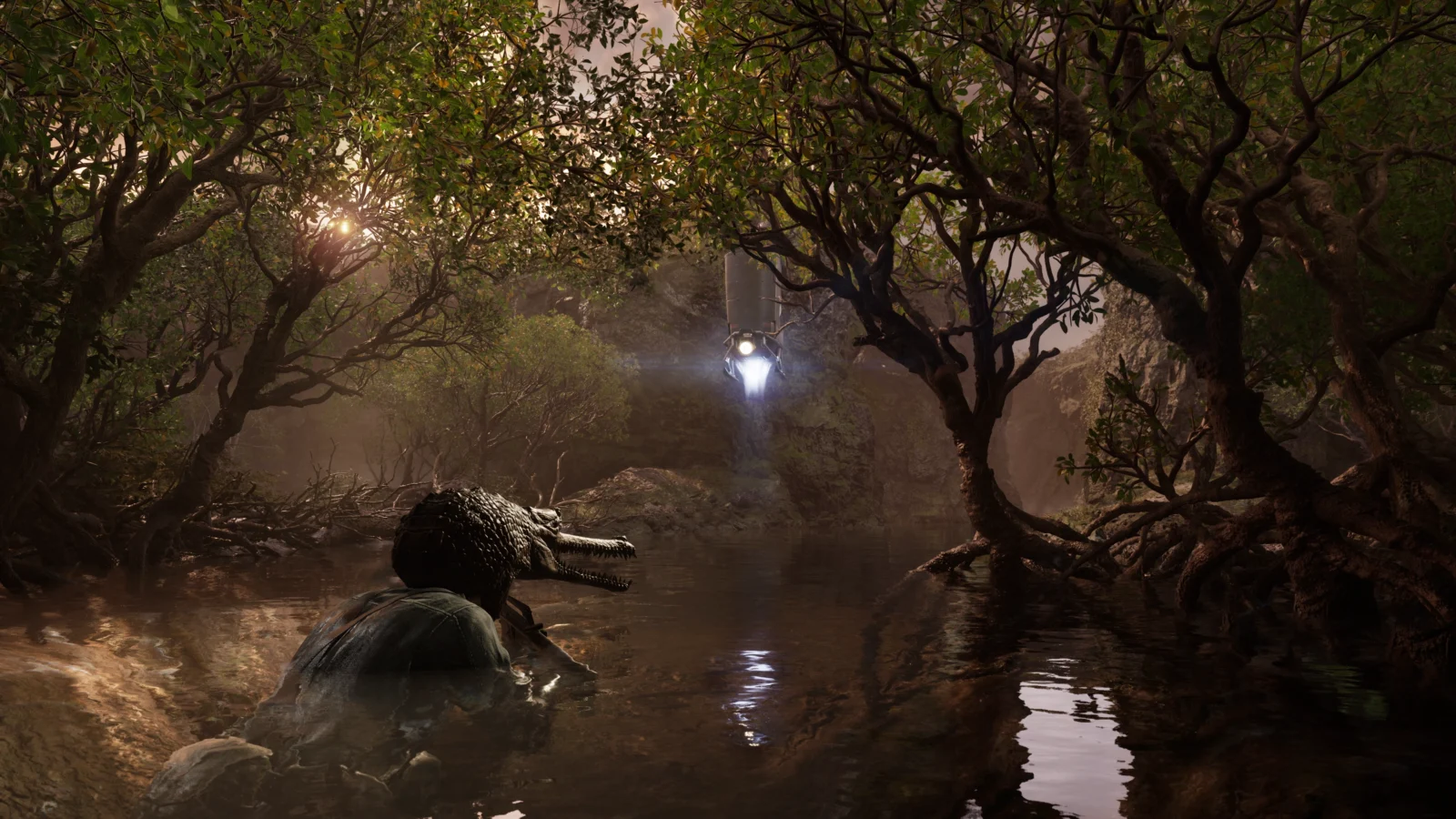
And maybe that’s enough. Maybe it’s okay that Delta isn’t a bold reimagining, but a lovingly polished time capsule. Because playing it reminded me not only why I loved Snake Eater in the first place, but why stealth games—even with their quirks and deliberate pacing—still matter. They create a tension and intimacy no other genre replicates. They make every bullet count, every shadow a potential savior, every Codec call a reprieve from the silence of the jungle.
Final Thoughts
By the end of my twelve-hour run—non-lethal, naturally, because some habits die hard—I didn’t feel like I’d discovered anything new. But I did feel like I’d come home. And maybe that’s the point of Metal Gear Solid Delta: Snake Eater. It’s less about invention, more about memory. Less about showing us something new, more about letting us feel something old again—with just enough gloss to make it shine.
Metal Gear Solid Delta: Snake Eater is a faithful, almost stubbornly faithful, remake. It preserves Kojima’s Cold War masterpiece nearly frame for frame, quirks and all, while draping it in next-gen visuals. It doesn’t reinvent like Resident Evil 4 Remake did, but it doesn’t stumble either. If you loved the original, this is a gorgeous way to relive it. If you’re new, this is the best way to experience one of gaming’s greatest spy thrillers. Just don’t expect surprises.





